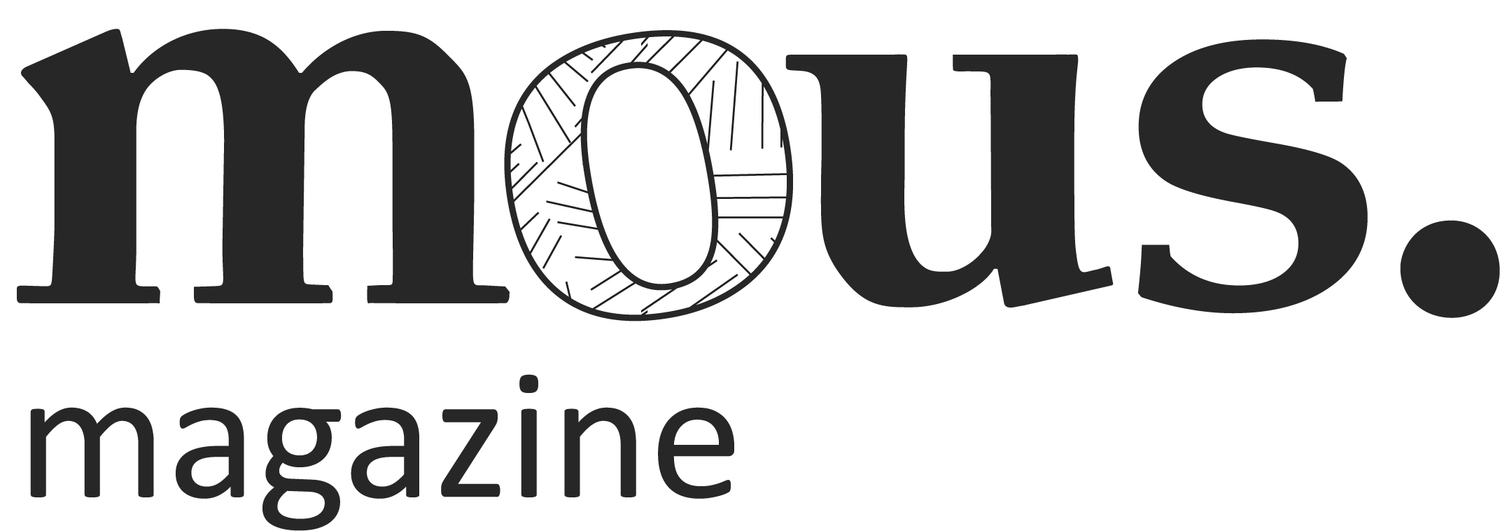WHAT IS A FEATURE ARTICLE?
So, what is a feature article? To be honest, there are many, many definitions of what a feature article is. But for the purposes of this workshop, a feature article is an article that uses two or more original sources (interviewees) and a range of supplementary sources (studies, statistics etc) to explore a certain theme or topic.
That’s a very open-ended definition of a feature article and could include anything from an investigative feature to a human-interest story. But it does rule out a few types of articles. So let’s keep in mind that this section of the course is not applicable to news articles, personal essays, opinion articles and profiles/Q&A’s.
SOURCES IN FEATURE WRITING
In feature writing we have two different kinds of potential sources for our story; original sources and supplementary sources.
ORIGINAL SOURCES
Original sources are immediate first-hand accounts of an event or issue. In feature writing this will usually be an interview with someone. If the interviewee has been interviewed before on the topic of the feature article, your interview with them should say something new, uncover unknown facts or present a new angle. If you interview someone for a story you should be aware of what they have already said publicly elsewhere and try and ask something different (for more tips on interviewing head to Article Hustler). Your feature article should include at least two interviews, preferably with interviewees with different opinions on the topic of the article.
SUPPLEMENTARY SOURCES
In any good feature article, your story should also include supplementary sources. These include things like academic or scientific studies, statistics or newspaper articles. It is important to make sure you credit any of the supplementary sources you use in the body of your article. This can be done simply by hyperlinking to the source.
Eg. According to the Australian Bureau of Statistics 1.1 million Australians were underemployed as of February 2019.
If you are wanting to use academic sources or studies Google Scholar can be a good tool to use. However, be aware that most academic journal articles will not be available in-full for free online. But: pro tip, if you email the author of the academic article and ask for a copy politely they will normally send you a PDF for free! For statistics the Australian Bureau of Statistics is another reliable source.
Try to avoid websites like Wikipedia or other websites that can be easily edited by anyone.
CHOOSING A TOPIC
The first thing you need to decide when writing a feature article is the topic of your article. Unlike, a profile or Q & A you should know your topic before you find your sources and then find sources who know about your topic or have lived experience. When deciding on a topic for a feature article there are a few things to consider. I’ve turned these into seven simple questions you can ask yourself:
1. Does this story have the ability to impact peoples lives?
2. Is this story relevant now?
3. Does this story involve conflict? (this could include opposing opinions)
4. Is there something highly unusual about this story?
5. Does this story uncover an injustice or wrong-doing?
6. Could this story change public opinion or make people question their own social/ political values?
7. Am I in the best position to write this article?
You might already have a topic for an article that you want to write, maybe that’s why your doing this course, but even if you have a topic it’s still important to ask yourselves these questions. If your answer to at least five of these questions is ‘yes’, then your article is more likely to get published because it’s what editors call newsworthy.
